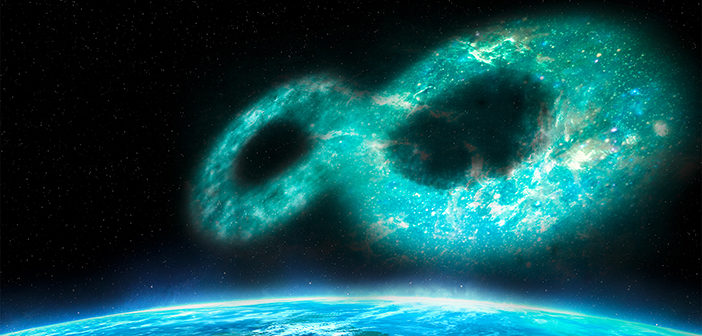This is part 1 of a 3 part series about Leap Second 2016, scheduled to take place 31 December, 2016.
You’ve probably heard of a Leap Year. Those unique years when there is a 29 February.
A Leap Year was introduced to the calendar back in 45 BC by Julius Caesar, and it continues in today’s Gregorian calendar. The extra day synchronises our current calendar year with the solar year, the length of time it takes the Earth to make its orbit around the sun at about 365 1/4 days.
Speaking in full days, though, what could possibly be gained by adding just a second? A lot.
Just a hop, skip and leap away
With the same concept as a Leap Year, an additional second is added to the Coordinated Universal Time (UTC) to synchorise our current clocks worldwide with Earth’s rotation. Since Earth does not rotate like a clock (as we would hope it would), adjustments need to be made to a continuous time scale with leap seconds
UTC is made up of two components:
- International Atomic Time (TAI)
Providing the exact speed for how fast clocks should tick, TAI depends on the output of hundreds of highly precise atomic clocks around the world. - Universal Time (UT1)
This is the time is proportional to the rotation angle of the Earth and at the same time an approximation of mean solar time. Also known as Astronomical Time, this time scale determines the exact length of a day.
When the difference between UTC and UT1 approaches 0.9 seconds, a leap second is added to UTC and to clocks worldwide. This stops clocks around the world for one second, bringing UTC closer to the mean solar time.
This next leap second
The International Earth Rotation and Reference Systems Service (IERS) in Paris has announced the introduction of the leap second to occur on 31 December 2016. UTC will be adjusted by 1.0 second so that the sequence of dates of the UTC markers at and around time of its introduction will be:
- 2016-12-31 23:59:59
- 2016-12-31 23:59:60
- 2017-01-01 00:00:00
How does leap second affect you?
Though the UTC and all time scales based on UTC will be affected by this adjustment, the continuous GPS time scale will not be adjusted. For GPS, the leap second correction contained within the navigation message transmitted by the satellites will change.
Before the leap second:
GPS-UTC = +17 s (i.e., GPS is ahead of UTC by seventeen seconds)
After the leap second:
GPS-UTC = +18 s (i.e., GPS will be ahead by eighteen seconds)
The satellites transmit a triplet of leap second information:
- Current number of leap seconds
- Future number of leap seconds
- Date the future number of leap seconds will be valid from
These values are as follows:
| Transmitted until UTC midnight on 31.12.2016 | To be transmitted from 1.1.2017 onwards | |
| Current number of leap seconds | 17 | 18 |
| Future number of leap seconds | 18 | 18 |
| Future number of leap seconds valid from | 1.1.2017 | 1.1.2017 |
In contrast to GPS, the GLONASS time scale is based on UTC+3 hours. To use both satellite systems together, it is important to any GNSS application to apply the current number of leap seconds correctly.
The time scales of Galileo, BeiDou and QZSS are similar to GPS time scale – continuous time scales. They are not based on UTC.
Consequently, the information on current number of leap seconds has to be known to use any of these systems together with GLONASS, while it is not necessary to know the current number of leap seconds to use any GPS, Galileo, BeiDou or QZSS with each other.
If you’re a Leica Geosystems customer of any GNSS/GPS solution, you may notice a slight adjustment.
At Leica Geosystems, we have been taking significant measures to ensure any GPS/GNSS instrument and software solutions will work throughout the leap second. Please contact your local Leica Geosystems representative should you experience any issues.
“Users need to ensure any of their GPS/GNSS instruments have all the latest updates to avoid and minimise any discontinuation of service during the leap second,” said Markus Roland, Leica Geosystems product manager GNSS Networks and Reference Stations. “We provide the highest quality standards in all of our instruments, and the latest releases have been tested to work properly throughout the leap second. If any issues are experienced, though, we do have support ready to assist.”
Join us again in two weeks for Part 2 where we’ll provide tips for each specific Leica Geosystems GPS/GNSS solution to cope with the upcoming leap second.














